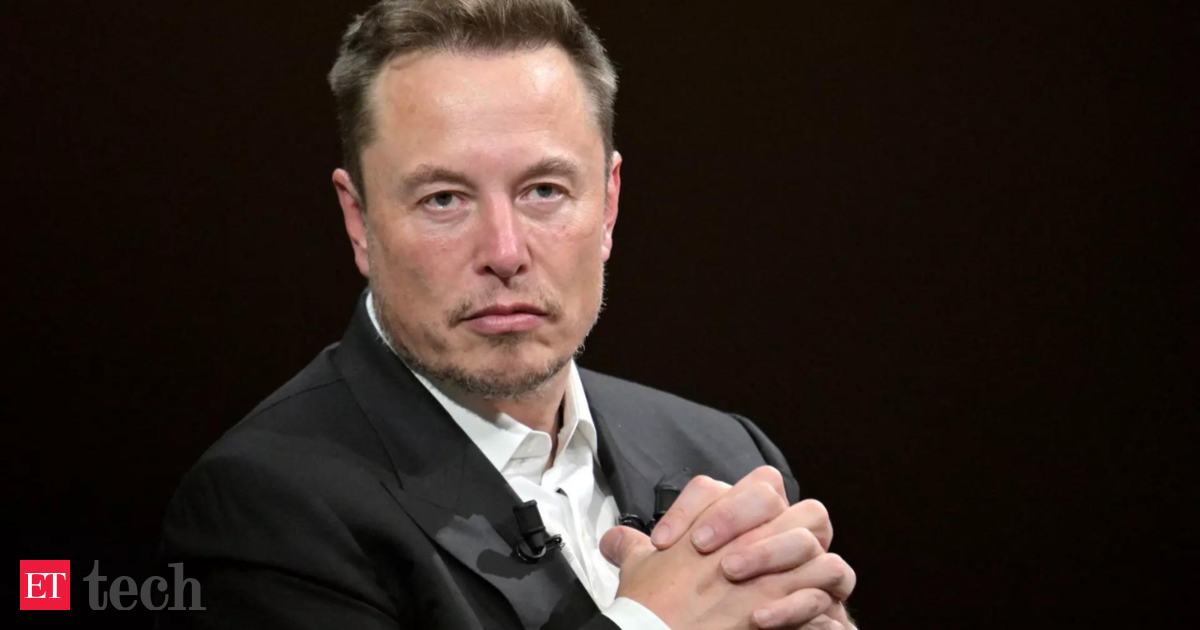Beauchamp, an 82-year-old retiree, saw a video late last year in which Musk promoted a radical investment opportunity that promised quick returns. He contacted the company behind the pitch and opened an account for $248. Through a series of transactions over several weeks, Beauchamp emptied his retirement account and ended up investing more than $690,000.
Then the money disappeared, lost to digital fraudsters who are running a new criminal enterprise powered by artificial intelligence.
The scammers had edited a genuine interview with Musk, replacing his voice with a replica using AI Tools. The AI was sophisticated enough to alter minute mouth movements to match the new script they had written for the digital forgery. To a casual observer, the manipulation might have been imperceptible.
“I mean, the picture of him — that was him,” Beauchamp said of the video he saw of Musk. “Now, I don’t know if it was an AI that made him say the things he was saying. But as far as the picture, if someone had said, ‘Select him in a recognition line,’ that’s him.”
Thousands of these AI-powered videos, known as deepfakes, have flooded the internet in recent months with fake versions of Musk duping dozens of potential investors. deepfakes They are expected to contribute billions of dollars in fraud losses each year, according to Deloitte estimates.
Discover the stories that interest you
Videos cost just a few dollars and can be made in minutes. They are promoted on social media, including in paid ads on Facebook“It’s probably the biggest deepfake-driven scam in history,” said Francesco Cavalli, co-founder and head of threat intelligence at Sensity, a company that monitors and detects deepfakes. Musk was by far the most common spokesperson in the videos, according to Sensity, which analyzed more than 2,000 deepfakes. He appeared in nearly a quarter of all deepfake scams since the end of last year, Sensity found. Among those focused on cryptocurrency, he appeared in nearly 90% of the videos.
Deepfake ads also featured prominent investor Warren Buffett and Amazon founder Jeff Bezos, among others.
It’s difficult to quantify exactly how many deepfakes are circulating online, but a search of Facebook’s ad library for language commonly used to advertise scams uncovered hundreds of thousands of ads, many of which included deepfake videos.
YouTube was also filled with fake videos, often using a label suggesting the video was “live.” In reality, the videos were pre-recorded deepfakes.
After former President Donald J. Trump spoke at a Bitcoin conference on Saturday, YouTube featured dozens of videos using the “live” label that showed a pre-recorded deepfake version of Elon Musk saying that he would personally duplicate any Bitcoin. cryptocurrency He posted a video to his account. Some of the videos had hundreds of thousands of viewers, though YouTube said scammers can use bots to artificially inflate the figure. One Texan said he lost $36,000 in bitcoin after watching an “imitation” of Musk speaking in a purported YouTube Live video in February 2023, according to a report by the Better Business Bureau, the nonprofit consumer advocacy group.
“I sent my bitcoins and never received anything in return,” the person wrote.
YouTube said it had removed more than 15.7 million channels and more than 8.2 million videos for violating its guidelines between January and March this year, with the majority of them violating its anti-spam policies. The prevalence of fake ads led Andrew Forrest, an Australian billionaire whose videos were also used to create deepfake ads on Facebook, to file a civil suit against Meta for negligence in the management of its advertising business.
Facebook owner Meta said the company was training automated detection systems to spot fraud on its platform, but also described a cat-and-mouse game in which well-funded scammers constantly changed their tactics to evade detection. YouTube pointed to its policies banning scams and manipulated videos. In March, the company made it a requirement that creators disclose when they use artificial intelligence to create realistic content.
Scammers often target older internet users who may be familiar with cryptocurrencies, artificial intelligence or Musk, but not with safer ways to invest.
Disclaimer:
The information contained in this post is for general information purposes only. We make no representations or warranties of any kind, express or implied, about the completeness, accuracy, reliability, suitability or availability with respect to the website or the information, products, services, or related graphics contained on the post for any purpose.
We respect the intellectual property rights of content creators. If you are the owner of any material featured on our website and have concerns about its use, please contact us. We are committed to addressing any copyright issues promptly and will remove any material within 2 days of receiving a request from the rightful owner.


